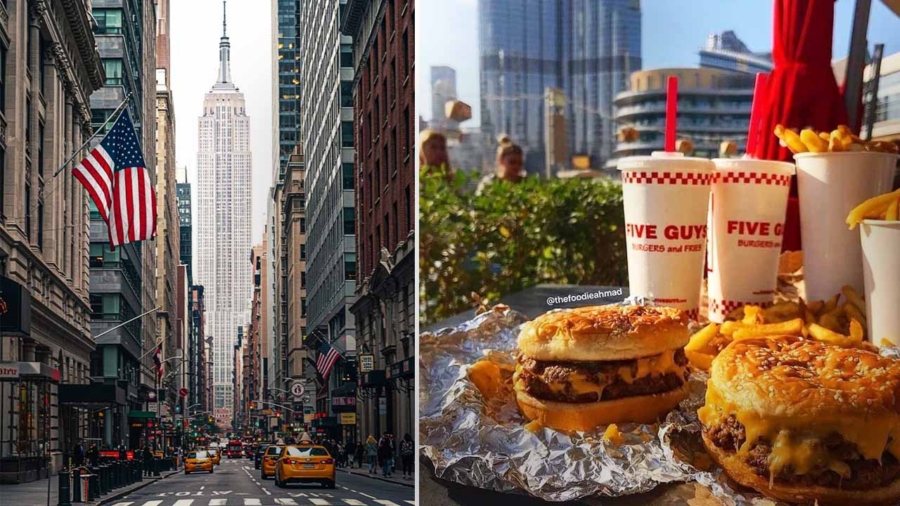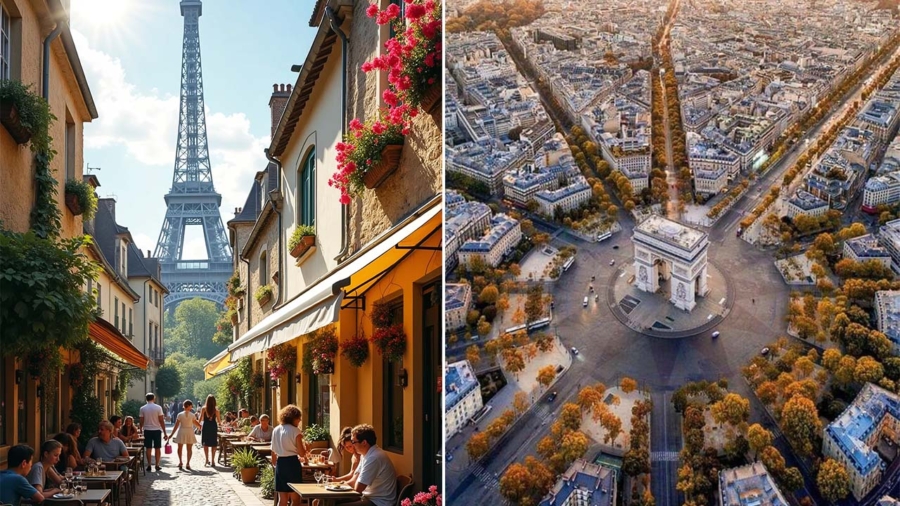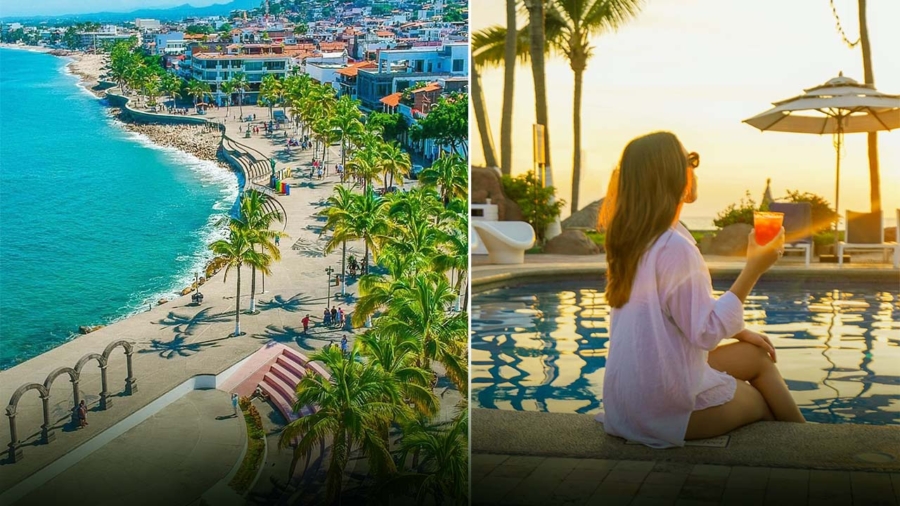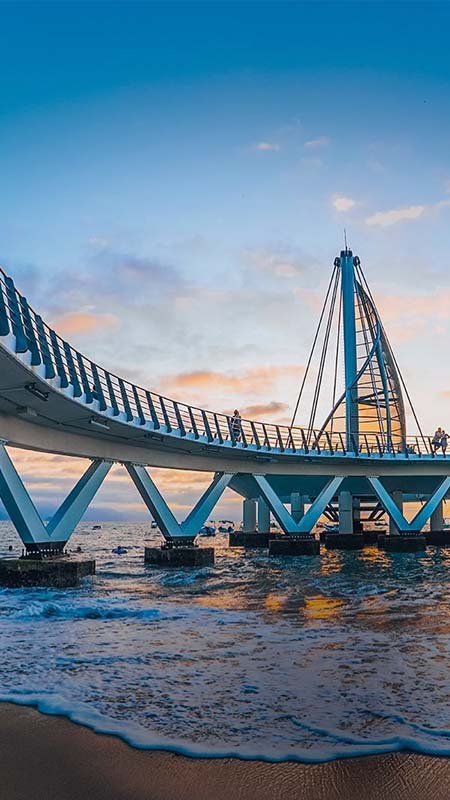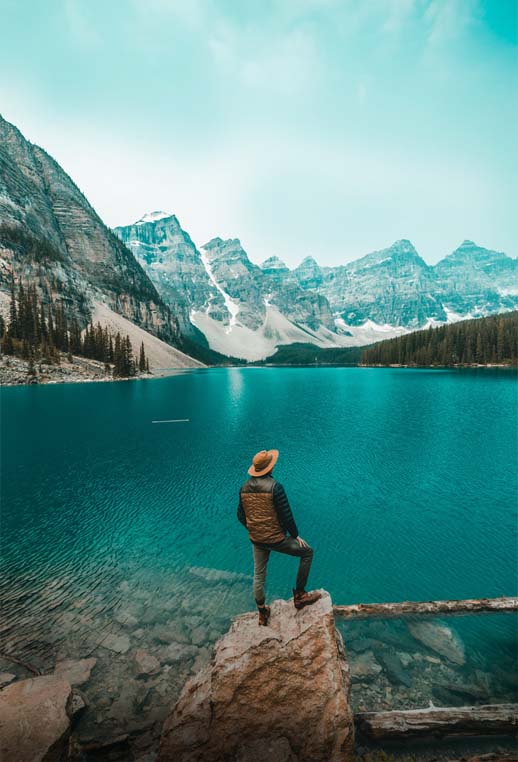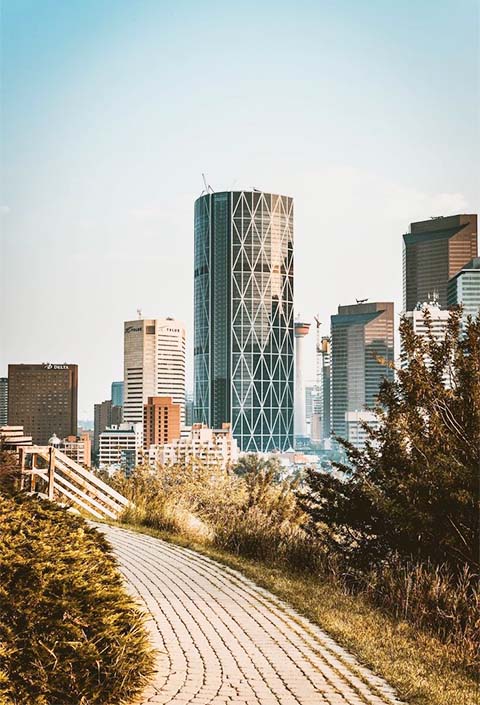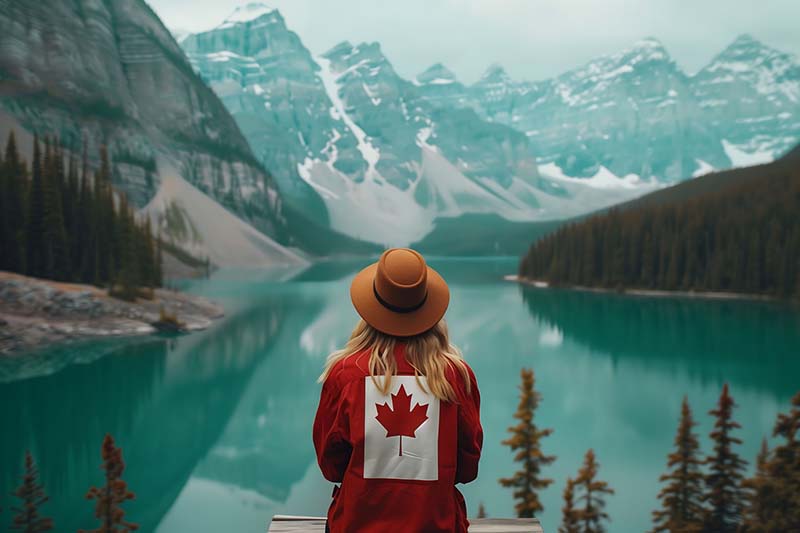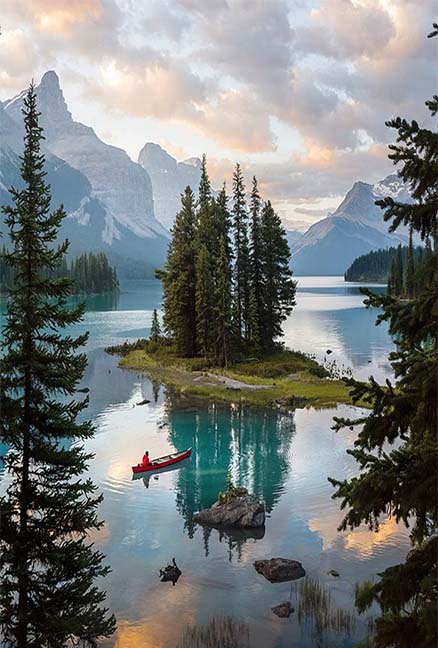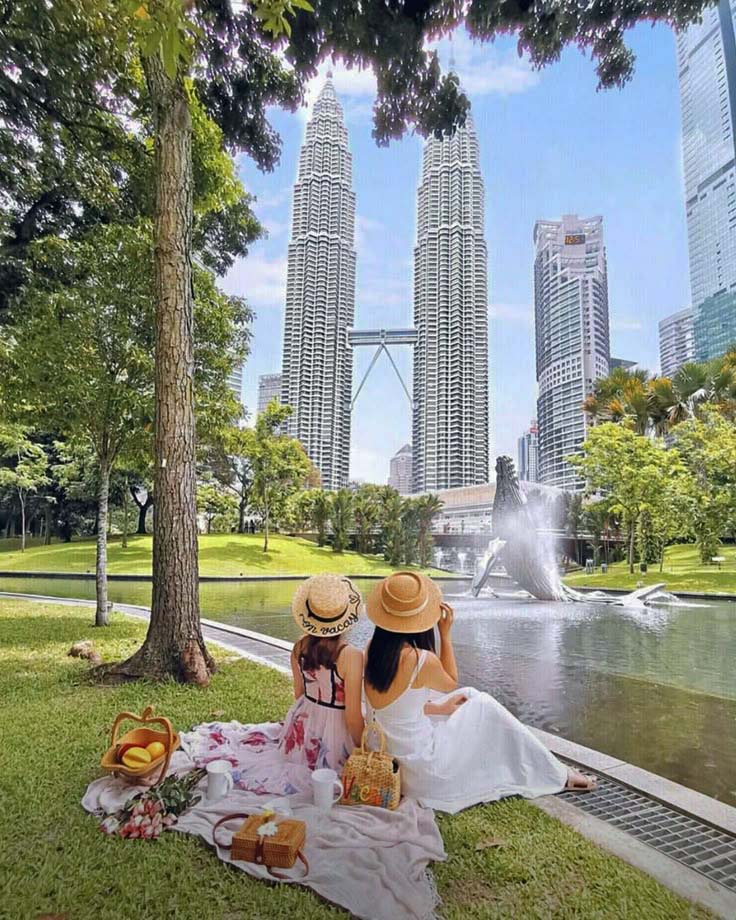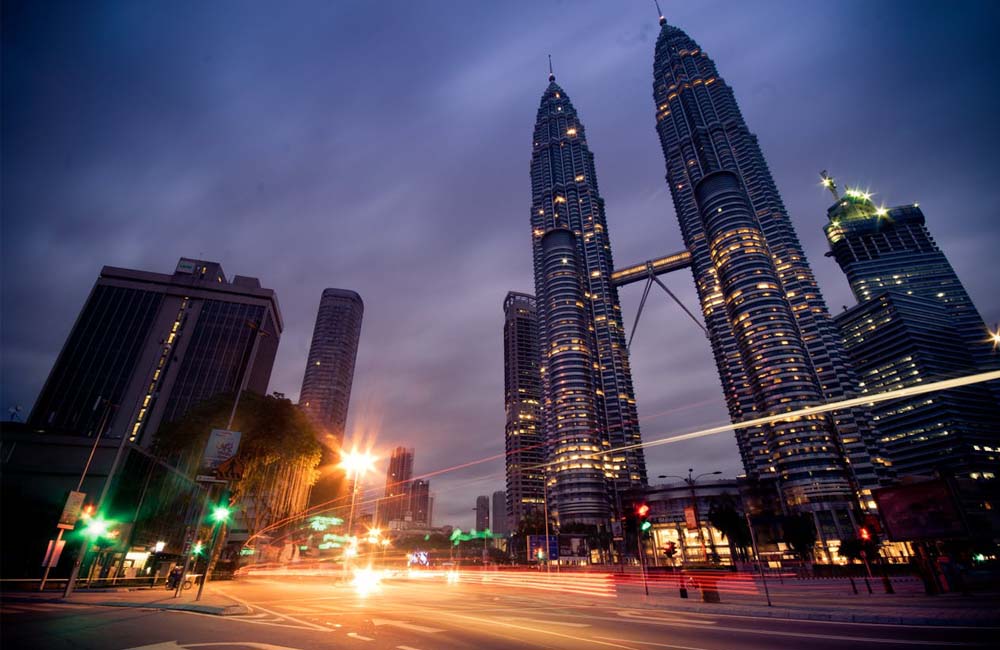Planning your first trip to the Big Apple? Explore New York City with our ultimate first-time visitor’s guide, covering must-see attractions, hidden gems, travel tips, and insider advice to make your NYC adventure unforgettable.
Table of Contents
Why Explore New York City?
When you think of iconic travel destinations, New York City is always at the top of the list. From world-famous landmarks to hidden cultural treasures, every corner of the Big Apple has something unique to offer. Whether it’s your first visit or a return trip, choosing to explore New York City means stepping into a world of vibrant neighborhoods, endless entertainment, and unforgettable experiences. It’s a city that never sleeps, making it the perfect destination for travelers seeking excitement, history, and culture all in one place.
Best Time to Visit New York City
The best time to explore New York City really depends on what you want to experience. Spring and fall bring perfect weather and colorful streets, while winter offers magical holiday lights and ice skating in Central Park. Summer is lively with festivals, though it can get hot and crowded. No matter the season, NYC always has its own charm waiting for you.
How to Get Around NYC: Transportation Tips
To truly explore New York City, you’ll need to master its transport. The subway is the fastest way to get around, while buses give you a chance to see the streets up close. Walking is a must—it’s the best way to soak in the city’s energy. And for longer trips, taxis and rideshares are always an option.
Top Must-See Attractions in New York City
When you set out to explore New York City, there are a few iconic spots you simply can’t miss. The Statue of Liberty and Ellis Island stand as powerful symbols of freedom and welcome, offering history and stunning views of the skyline.
A visit to Times Square will leave you dazzled by its bright lights, giant billboards, and nonstop buzz—it’s the heart of the city’s energy. For a quieter escape, Central Park is perfect for a peaceful walk, a picnic, or even a boat ride on the lake.
Don’t forget the Empire State Building, where the views from the top will take your breath away. And if you’re up for a scenic stroll, walking across the Brooklyn Bridge gives you incredible views of Manhattan and Brooklyn, especially at sunset.
Each of these landmarks captures a different piece of NYC’s character, making them must-visits when you explore New York City for the first time.
Hidden Gems: Explore New York City Beyond the Tourist Spots
If you really want to explore New York City like a local, you’ll need to step away from the crowds and discover its hidden corners. While the main attractions are unforgettable, the real magic often lies in the quieter streets and tucked-away neighborhoods.
Head to DUMBO in Brooklyn, where cobblestone streets meet breathtaking views of the Manhattan Bridge—it’s picture-perfect without the Times Square rush. Wander into Greenwich Village, a laid-back spot filled with jazz clubs, cozy cafés, and charming bookstores that make you feel like you’re in a movie.
For something truly unique, check out the High Line, an elevated park built on an old railway track, or visit Roosevelt Island for peaceful riverside views most tourists skip. These gems may not always make the postcards, but they’ll make your trip unforgettable.
To truly explore New York City, balance the famous sights with these offbeat spots—you’ll leave with a deeper connection to the city.
Where to Stay: Best Neighborhoods for First-Time Visitors
Choosing the right place to stay can shape the way you explore New York City. For first-time visitors, staying in Midtown Manhattan puts you close to iconic attractions like Times Square, Broadway, and Central Park—perfect if you want everything within walking distance.
If you prefer a trendier vibe, SoHo and the Lower East Side are filled with boutique shops, art galleries, and buzzing nightlife. For a more local feel, Brooklyn’s Williamsburg offers stylish hotels, cool cafés, and stunning skyline views across the river.
Travelers who love culture and food should consider Queens, especially around Flushing or Astoria, where diverse restaurants and local markets create an authentic experience.
No matter your style, picking the right neighborhood will help you explore New York City in a way that matches your personality and travel goals.
Food & Drinks: Explore New York City Through Its Flavors
One of the best ways to explore New York City is through its incredible food scene. The city is a melting pot of cultures, and you’ll taste that diversity in every bite. From grabbing a quick dollar slice of pizza on a busy corner to sitting down for world-class fine dining, NYC truly has something for every appetite.
Don’t miss the chance to try a classic New York bagel with cream cheese, or a hearty pastrami sandwich from a famous deli. For international flavors, wander through Chinatown for authentic dumplings or head to Queens for some of the best global street food you’ll ever find.
When the sun goes down, rooftop bars and speakeasies bring the nightlife alive with creative cocktails and city views that make every sip memorable. If you love food, you’ll quickly realize that to explore New York City is also to explore the world—one plate at a time.
Food & Drinks: Explore New York City Through Its Flavors
To truly explore New York City, you have to taste it. The city is a melting pot of cultures, and its food reflects that diversity. Start your day with a classic New York bagel or a cup of coffee from a local café. Grab a slice of pizza on the go, or indulge in a pastrami sandwich at a famous deli—these are small bites that tell the story of the city.
For something different, wander through Chinatown or Queens to sample authentic international cuisine—from dumplings and ramen to tacos and curries. And don’t forget the drinks: rooftop bars, cozy speakeasies, and local breweries offer the perfect way to unwind while soaking in city views. Every bite, sip, and flavor is part of the adventure when you explore New York City through its food and drinks.
Shopping in NYC: From Luxury to Local Markets
When you explore New York City, shopping is an experience on its own. The city caters to every style and budget, from high-end luxury on Fifth Avenue to quirky boutiques in SoHo. Whether you’re hunting for designer brands, unique fashion pieces, or souvenirs to remember your trip, NYC has it all.
Nightlife in New York City: What to Expect
When the sun goes down, the energy doesn’t fade—it only gets stronger. To explore New York City at night is to see it come alive in a whole new way. From Broadway shows and jazz clubs to rooftop bars with jaw-dropping skyline views, the nightlife here is as diverse as the city itself.
If you love music, you’ll find everything from world-famous DJs in packed clubs to intimate live performances in hidden lounges. For a more laid-back evening, cozy wine bars and speakeasies serve as the perfect escape from the city’s buzz. And of course, there’s nothing like a late-night food stop—because in NYC, the best pizza or bagel is often waiting for you after midnight.
No matter your style, when you explore New York City after dark, you’ll discover why it’s called “the city that never sleeps.”
Day Trips Near NYC Worth Exploring
While it’s easy to spend weeks just trying to explore New York City, sometimes the best adventures are only a short train or ferry ride away. A quick trip to the Hamptons gives you sandy beaches and a slower pace, perfect if you need a break from the city rush.
History lovers will enjoy visiting Philadelphia, only a couple of hours away, where you can see the Liberty Bell and taste the original Philly cheesesteak. If nature calls, head north to the Hudson Valley or Bear Mountain, where hiking trails and river views feel like a completely different world.
Even a ride on the Staten Island Ferry offers a simple escape, with beautiful views of the Statue of Liberty—all for free. These day trips add extra flavor to your journey and remind you that when you explore New York City, you’re also opening the door to incredible nearby destinations.
Safety Tips for First-Time Travelers
When you explore New York City for the first time, it’s normal to feel a little overwhelmed by its size and pace. The good news is that NYC is generally safe for visitors, but a few smart habits will make your trip even smoother. Always keep an eye on your belongings, especially in crowded places like the subway or Times Square.
Stick to well-lit streets at night, and if you’re unsure about an area, don’t hesitate to ask a local or use a trusted map app. It’s also a good idea to avoid flashing too much cash or expensive items in busy spots.
Most importantly, trust your instincts—if something feels off, move along. With a little awareness and common sense, you can confidently explore New York City and focus on enjoying everything it has to offer.
Budgeting Your Trip: How Much to Expect
When you start planning to explore New York City, it’s helpful to know what kind of costs to expect. NYC can feel pricey, but with the right planning, you can enjoy the city no matter your budget. Accommodation is usually the biggest expense—hotels in Manhattan are on the higher side, while staying in Brooklyn or Queens can give you more affordable options without losing easy access to the city.
Food can range from a $1 slice of pizza to fine dining at Michelin-starred restaurants. The beauty of New York is that you can mix both—splurge on a special meal one night, then grab budget-friendly eats the next. Attractions like museums, observation decks, and tours also add up, but many places offer free or discounted entry days if you plan ahead.
Transportation is fairly affordable with a MetroCard or OMNY tap system, and walking is always free. In the end, how much you spend depends on your style of travel, but rest assured—you don’t need to be rich to explore New York City and have an unforgettable trip.
Making the Most of Your First NYC Adventure
Your first time in New York City is something you’ll never forget. From towering landmarks to hidden gems, every moment is a chance to experience the city’s energy and charm. When you set out to explore New York City, it’s not just about checking off famous sights—it’s about soaking in the culture, the food, the people, and those little surprises you’ll stumble upon along the way.
Whether you’re standing in awe at the top of the Empire State Building, enjoying a slice of pizza on a busy corner, or wandering through a quiet neighborhood, every experience adds to your story. The key is to balance planning with spontaneity—leave room to simply wander and let the city guide you.
In the end, when you explore New York City with an open mind and curious heart, you’ll find that the city truly lives up to its name as the world’s ultimate urban adventure.

